|
...."Animal Magic" at Gallery 49 You may have noticed that I don't often put animals in my landscape paintings apart from the odd sheep or two in the distance. I have always thought that putting a deer or a fox in a painting creates a focus for the viewer when really my aim is for the viewer to make their own focal point. I want you to be able to wander round my landscapes and make it yours. If you can see deer, foxes or even fairies just behind a tree - that's fine - you've made it your painting. Does that make sense? I hope so but anyway you will have noticed that this painting contains not one but two animals! I liked the idea of the stag watching over his hind as she drinks from the stream. So why the deer? I have been invited to take part in the 'Animal Magic' Show at Gallery 49 in Old Town, Bridlington. So 'Animal Magic' means 'animals' in the paintings! It starts next week on the 8th of March and runs right through until 31st May so plenty of time to go and see this eclectic (had to use that word at some point!) mix of paintings, ceramics, sculpture, photography etc.. The gallery is open Thursday, Friday and Saturday from 11.30 until 4.00 pm each week. Just for the opening weekend Gallery 49 will also be open on Sunday 9th March and 5% of all proceeds from this weekend will be donated to the Hearing Dogs charity. So - great art and a great cause...see you there then!
0 Comments
"May 3rd. Bistritz. - - Left Munich at 8.35 P.M., on 1st May arriving at Vienna early next morning; should have arrived at 6.46, but train was an hour late." Here's another literary link for you. The opening line quoted above doesn't give much away but the painting should help you to identify this famous novel. Whitby must be one of the most painted locations ever. Of course with its iconic skyline featuring the ruins of Whitby Abbey it certainly is an artists dream. This is my interpretation, deliberately set as night falls to conjure up echoes of the great Gothic tale forever associated with Whitby. You must have guessed it by now and of course you are right ....the novel is "Dracula" by Bram Stoker.
If your association with the Count is based on TV and films you are missing out. Take the time to read the novel and you will find yourself in a mysterious, dream-like and terrifying world. Pass the garlic! " 1801. - I have just returned from a visit to my landlord - the solitary neighbour that I shall be troubled with." With these few innocuous words the reader is invited into the pages of the most famous Gothic novel ever written - "Wuthering Heights" by Emily Bronte. The speaker is Lockwood and his neighbour......why none other than Heathcliff himself. The novel records the ill fated relationship between Heathcliff and his beloved Cathy and its effect on so many lives. This masterpiece of brooding drama, unrequited passion, complex characters and heartless revenge was written by a clergyman's daughter no less which is just one of the many surprising things about this famous story.
My painting had a few surprises for me too. It sort of took on a life of its own. It started life as a simple study of an abandoned farmhouse in the remote fells of the High Northern Pennines. I brought it back to life, set it in twilight, lit up the windows and there it was...Wuthering Heights. I could feel the presence of Heathcliff waiting at the window for the return of the ghost of his one true love and his plaintive cry. Will she ever "come home"? Incidentally 'wuthering' is a Yorkshire word meaning wild, exposed, storm-blown which summed up the real place perfectly. ....FROM SEWERBY TO NEW YORK! I had a wonderful surprise yesterday morning when I discovered that four of my paintings have been included in a digital art installation which is now on display at Brookfield Place Winter Garden in Lower Manhattan, New York. To be included among 10 of the most innovative and creative artists from around the world who had submitted, is a great honour indeed. Naturally I am proud to be included and it has given me a real boost to get on with my preparations for "Double Vision" in October. But what pleased me more than anything is the fact that traditional watercolours still have a place in this digital age. Three of the paintings chosen were from my 'Inspiration' series - a set of paintings based on the style of the Victorian artists so I am glad their style of painting can still resonate with people today. Here are the other three paintings chosen: The installation is showing on huge screens in the Winter Gardens but if you can't get there in person (like me!) here is the full video. I hope you enjoy it. .....a tale of trade and romance! Do you like a bit of old fashioned romance? If you do this is a 'must visit' place. "Beggar's Bridge" is the most romantic bridge in Yorkshire. Situated in the North Yorks Moors National Park near Danby it has a fascinating story behind its construction in 1619. Thomas Ferris was a poor man but he hoped to wed the daughter of the local wealthy squire. The squire of course would not consent to the marriage of his daughter to such a beggar. So Thomas decided to set sail from Whitby to make his fortune. Before he left he wanted to pledge his undying love to his sweetheart so she would wait for him. Unfortunately the River Esk was swollen with rainfall and he was unable to make this last intended visit. He travelled for many years and eventually returned. By now he was a very rich man and a respectable match for the squire's daughter even if there was a whiff of piracy attached to his good fortune! But had she remained faithful to him after all these years? Happily - yes - she had remained true to him and they were wed. Together they organised the building of this bridge so that no other lovers would have to suffer what they had gone through. It still stands to this day as a lovely reminder of a romantic love story. There are other less glamorous bridges scattered all over North Yorkshire - pack horse bridges. They were constructed in medieval times to facilitate the transport of wool from the great Yorkshire Abbeys - Fountains, Rievaulx and Byland - to the east coast for export to mainland Europe. England's growing wealth and power were founded on the wool trade. They span streams and rivers and are just wide enough for a pack horse and its panniers to negotiate. That so many still exist is a testimony to the skill of their builders.
Fairy Call Beck of course! Do you believe in fairies? When I was a lad I was always told that the fairies lived "at the bottom of the garden." There were lots of different fairies. How about the 'Tooth Fairy'. Did one of those visit your house when you were young? They used to leave a silver sixpence when I was a kid but suspect they have been subject to inflation as much as the rest of us. Of course not all fairies were so kind - some were quite mischievous even spiteful, so better not to upset them. Now there might be some at the bottom of your garden but I reckon a lot of them live in places like this - Fairy Call Beck. Isn't that a wonderful name? It certainly conjured up happy childhood memories for me. And best of all it's a real place situated in the North Yorks Moors National Park. When we visited, the foxgloves were putting on their bi-annual spectacular. I didn't make any sketches or take any photos but the scene stayed in my memory and I painted this several days later at home in my studio. The scene became a bit more fanciful and more colourful than the reality so I think the fairies must have influenced the painting that day. Perhaps if you listen carefully you might even hear them calling!
|
AuthorProfessional artist now semi retired and enjoying being eccentric! Archives
September 2022
|
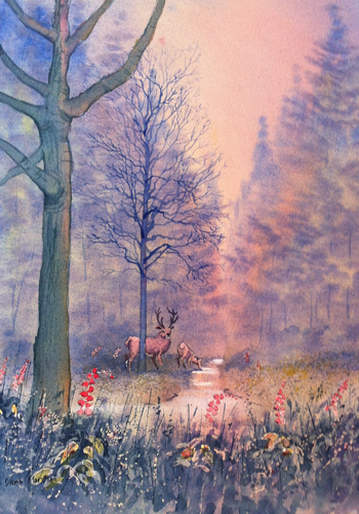
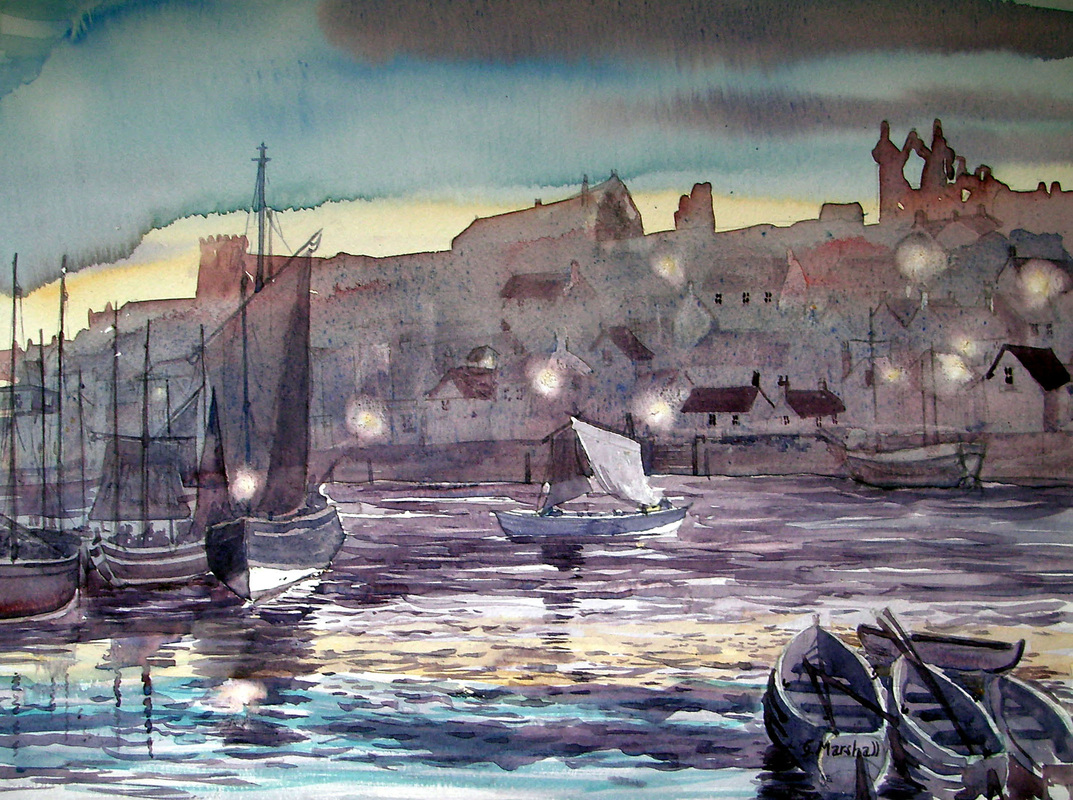
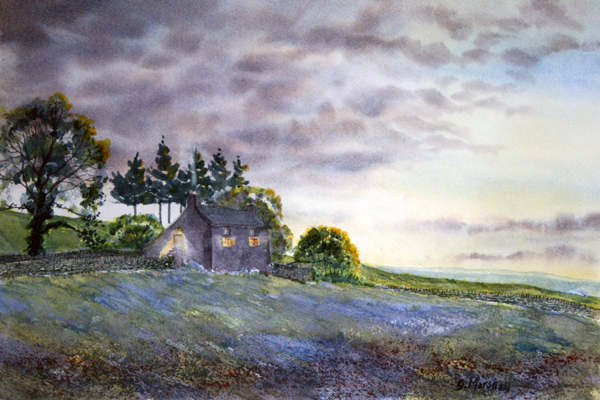


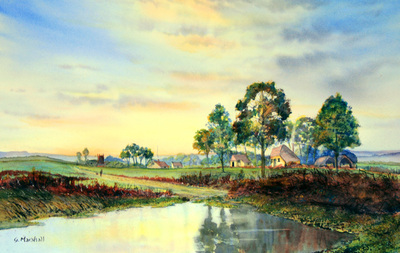
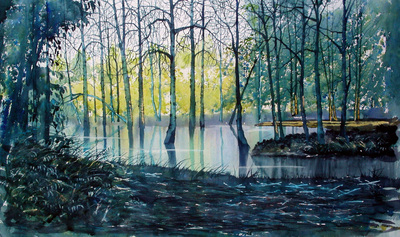
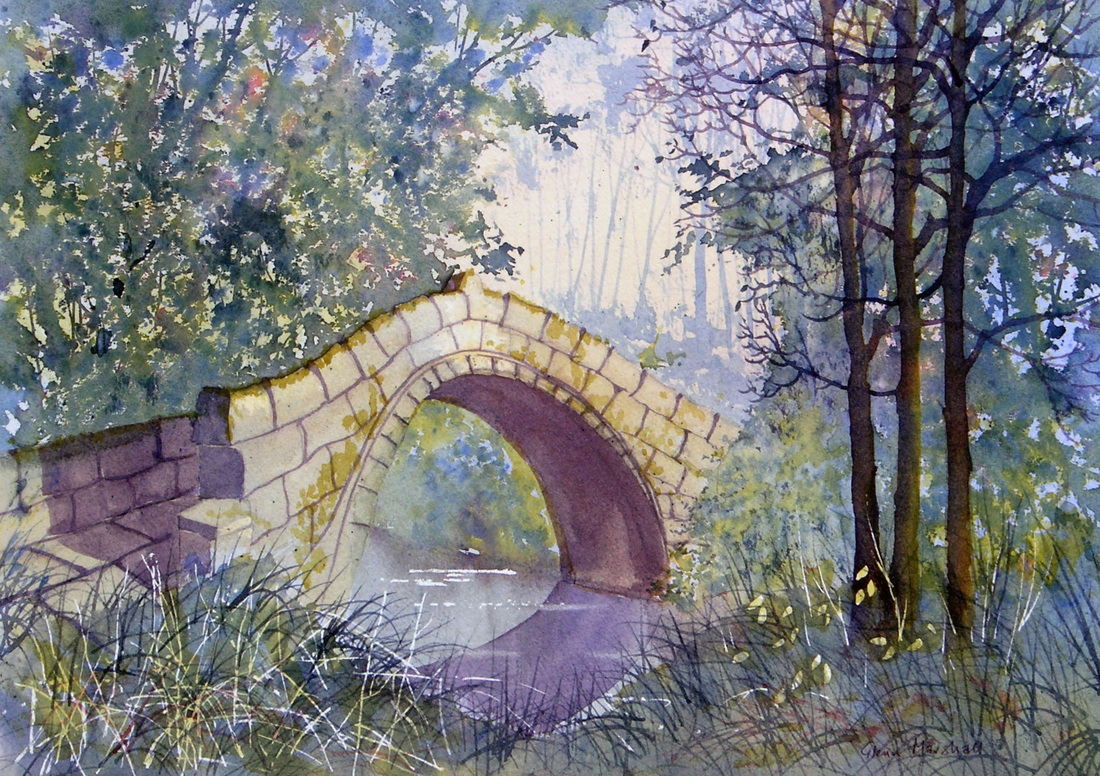
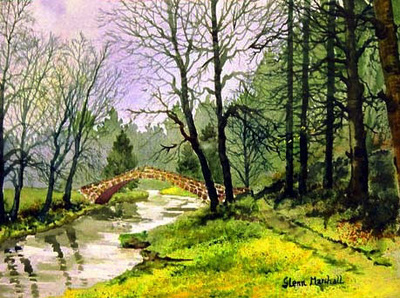
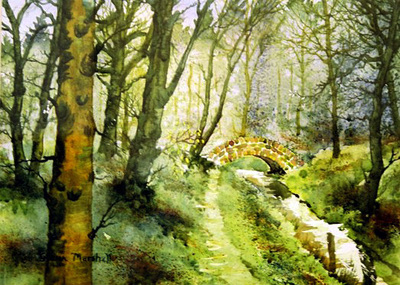


 RSS Feed
RSS Feed
